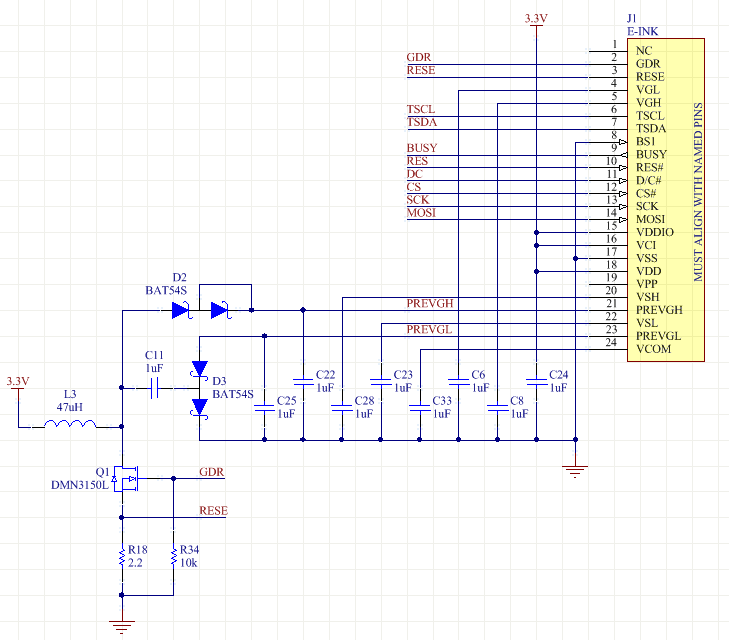The FFT shows gibberish because it's way down in the noise floor at the upper end. Oscilloscopes are rather poor instruments for this task as they have low dynamic range; typically an 8-bit ADC. If you want to plot the impedance over a 30,000:1 range, you need at least 15 bits, with the waveform just filling up the screen at its highest peak.
You could still take spot measurements along the sweep, by using a delayed trigger and zooming in, or just setting it to a narrower sweep range (a decade at a time, say), but you still have the problem that you're measuring the ESL of the cable plus capacitor. Notice this part:

We, can at least assume, the generator is 50 ohms (it's in Hi-Z setting, but that just means the amplitude read off the display is the open-circuit ("Hi-Z") value, or twice the terminated value, or the short-circuit current is that value over 50Ω), and the cable probably is as well, until the point indicated. Beyond that point, it has a variable transmission line impedance around 100-150Ω, with some impedance dropped between grounds resulting in common mode error increasing with frequency. That is, the twin-lead section can be treated as a transmission line, but it's mismatched to the coax it comes from, which means inductance. Inductance that counts into the capacitor SRF measurement. You aren't really measuring the capacitor per se in this setup, but an equivalent circuit with the tapped inductances around it.
You can perhaps still use a difference measurement (i.e. measure a short, calculate its inductance, then measure the capacitor, and subtract), but better would be to use BNC tee and binding post connectors, with coax going between generator and scope the whole way; the scope should be set to 50Ω termination then. And then you will see the normal notch response around the SRF, shifted down by the fixture ESL, but the ESL can be calibrated and subtracted out effectively in this way, without being sensitive to wire lengths and positioning.
I don't mean to insult you, but this can be found in elementary textbooks.
This is not a helpful response for the questions asked. I work in a completely unrelated field and I'm trying to primarily self-learn some electrical engineering content (as a hobby) but utilizing these forums for questions I cannot find answers to on Google. I have no background in EE, nor does anyone that is close to me. Further, my proficiency in maths (especially the complex maths involved in EE) is low, but I understand that many online calculators exist to aid in my learning. I do not appreciate your response.
I'm afraid there aren't many good ways to put this. You can choose to react negatively to it, or to take it as a direction -- it's another gap in your knowledge to explore. That's your choice.
Consider what it really means, though:
Most respondents here have taken at least four years of college courses, and no, not all of those are on strictly this topic, but at least, like, 2-4 classes minimum to go from a basic off-the-street to a functional level to approach this specific topic. Probably circuit analysis, AC steady state, and preferably EM wave theory for transmission lines, and network theory for their lumped equivalent circuits.
We cannot possibly convey all the required information in this thread. Nor are we responsible for your lesson plan; that would be a ridiculous expectation of course.
This is the challenge of self study; you will find road blocks, obstacles, gaps in knowledge that you just have to stick a pin in, and come back to later -- potentially much later, months, years, decades even, depending on depth of the topic, and how much time you have to commit to its study. Along the way, you will have half-formed ideas of how things interact and connect, and you'll be
wrong a lot of the time, and it's a part of that to just be humble about your likely-ill conclusions until you've discovered the missing pieces, put them in place, and then you can make accurate inferences. That's just learning, it's messy, it's frustrating, it's insightful and rewarding.
And it's no accident that learning is big business; well, aside the issue of how stupidly big its business is nowadays, or whether it should really be a business at all, but just to say, at its heart: it takes real effort from many people, authors, instructors, assistants, students, etc., to implement a curriculum as accelerated as four years even.
So, you aren't going to get your answers in any one place, certainly not here. And I'm sure you don't expect to (and, frankly, neither should you [get it all in once place] anyway!). I get it, it's frustrating, and I get it, there are at least actual people to lash out at here, versus the endless impersonal void that is the internet at large; and Google and other search engines are not particularly good at finding basic topics, especially these days. Good searching is a skill all unto itself, but a skill beside the immediate challenge; an enabler, but not a prerequisite, to it.
Tim